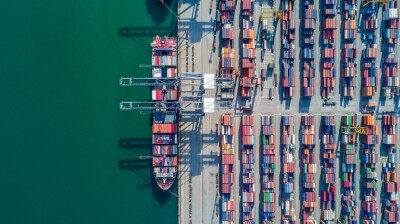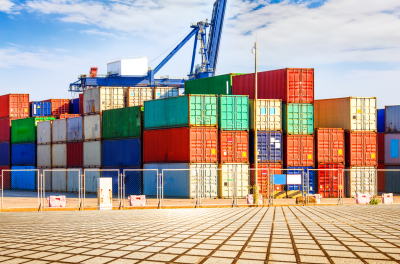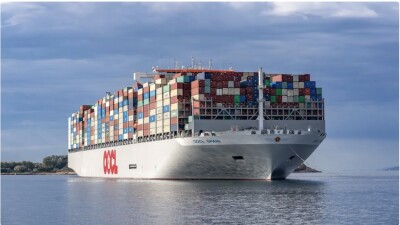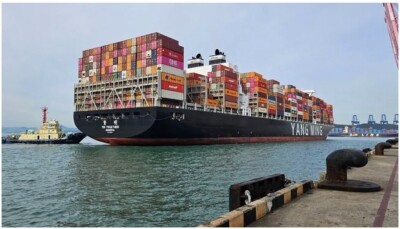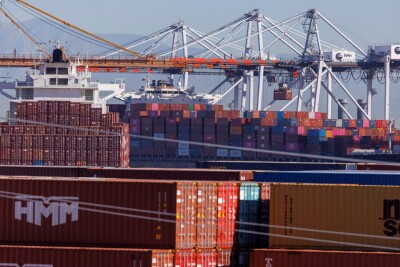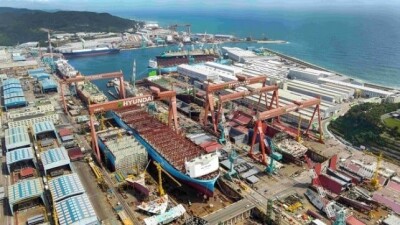Oil and gas to be big in energy, power markets through 2050: experts
Surging power demand, driven by data centers and the need to serve energy-impoverished people in developing nations, require an "all of the above" strategy in which oil and gas continues to supply about half global needs, executives and experts said Sept. 12.
"I think people often underestimate the total size of the global energy system around the world and the dominant role that oil and natural gas play in that energy system," said ExxonMobil Chairman and CEO Darren Woods during a session of the Kay Bailey Hutchison Energy Center's 11th annual Symposium at The University of Texas at Austin.
"While you see a lot of growth in, I'd say, new energy sources, they're starting from a very small base in an enormous system, and so while it's growing very quickly, it's got a long way to go," Woods said.
ExxonMobil's 2025 energy outlook to 2050, which forecast that while renewables would grow faster than any other resource, they would still only supply 20% of world energy demand by 2050, said Jack Balagia, KBH Energy Center executive director, while oil and gas would continue to supply 50%. Policymakers have focused too much "on substitution rather than improvement," Woods said.
"It's not an either/or equation," Woods said. If you want to work on what the substitutes are, I'm all for that, but at the same time, you should be working on how you make these improvements. Frankly, on carbon capture and storage, the cost of that has to come down pretty significantly before it will be, I think, viable across a very large platform."
Forecasting as 'a blood sport'
Ben Cahill, director for energy markets and policy at UT's Center for Energy and Environmental Systems Analysis, said, "Energy forecasts or scenarios have become a bit of a blood sport in the last couple of years."
Since 2021, a "robust debate" has prevailed over how long oil and gas demand may persist, for example, and how long coal's phase out may take, "including in emerging markets in Asia, where coal is still a huge part of the electricity generating system," Cahill said during a panel discussion entitled "World Energy Outlook to 2050."
"I think one really critical thing to keep in mind is that this transition is not going to happen at the same pace around the world," Cahill said. "I think the pathways are really going to vary a lot depending on what we're talking about, and so humility is in order, right?
"I think what we've learned in the last couple of years is it's really important to have that nuance region by region, country by country, because you're talking about very different economic sensitivities, lots of countries with different energy systems and different starting points," he said.
Another challenging factor in the energy transition is shifting policy priorities, said moderator Maynard Holt, founder and CEO of Veriten, an energy research and consulting company.
"It feels like we've changed the menu a little in Washington," Holt said. "We're no longer pushing wind, for instance, as much as we did previously. Natural gas is the flavor of the month, but everyone is going there, and it's getting more expensive because you can't get a turbine, and you can't get the plant built, and so on."
Such shifting policy sands challenge power sector suppliers, said Rob Kaplan, Goldman Sachs vice chairman.
"On the shortage of producing turbines, well, in the scheme of things, that ought to be fixable, right?" Kaplan said. "Well, it turns out it isn't as easy as you'd think to push companies to produce more turbines faster. And so this is going to take a lot of focus. The other reason why there's been so much tension on this, if you're a governor of a state and you've got all these data center companies want to locate your state, that ought be good news to a point, but we're starting to hear more attention from governors who say, 'I don't know if we want another data center because they're going to require so much power, we're going to squeeze out low- to moderate-income citizens' power costs, and we've already got sticky inflation.'"
'All-of-the-above' needed
But UT's Cahill suggested following "what the hyperscalers are doing."
"It's kind of an 'all-of-the-above' strategy for these companies, right?" Cahill said. "They're exploring small modular reactors. They're even talking about trying to restart some nuclear facilities. Certainly, wind and solar. These are companies that generally have aggressive climate targets. They want to reduce their emissions. We've always been committed to getting those resources on the grid, but they're going to need a heck of a lot of gas, too, and so they're signing a lot of offtake agreements with natural gas producers."
Kaplan noted that stock values have hit records, despite rising inflation and sluggish job growth and tied those values to assumed advancements in artificial intelligence.
"Up until this year, most of the discussion was how do we get to net zero, how do we reshape the grid?" Kaplan said. "But we even had grid strains before this year. Now, with the AI boom, and I think we're realizing we are well behind China in the ability to produce enough power to fuel this huge AI boom."
As workforce in developed nations age and decline, business leaders look to productivity growth as "the great hope for the world," Kaplan said, and that productivity growth depends on sufficient data center capacity, which depends on power supply.
"The issue for the United States is not just on natural gas, but can you spend more on geothermal?" Kaplan said. "Can you spend more on advancing and accelerating a modular nuclear prototype?"
News





